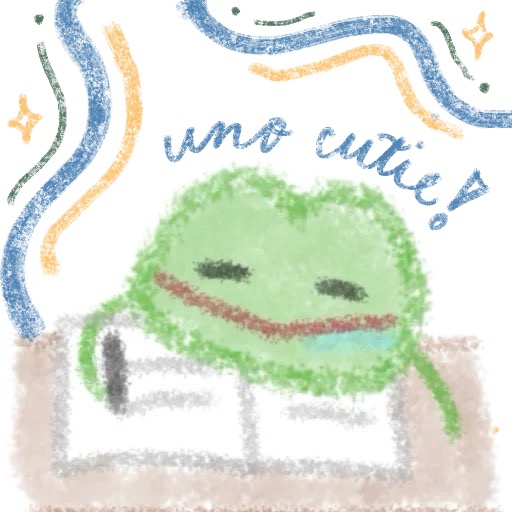Communication theory as a dialogical and dialectical field
Cards (38)
- Rhetorical tradition
- Rhetorical tradition
- Semiotic tradition
- Semiotic tradition
- Phenomenological tradition
- Phenomenological tradition
- Phenomenological tradition
- Cybernetic tradition
- Cybernetic tradition
- Sociopsychological Tradition
- Sociopsychological tradition
- Sociocultural tradition
- Sociocultural tradition
- Critical tradition
- Critical tradition
- Critical tradition
- Critical tradition
- Robert T. Craig
- University of Colorado, Boulder
- Michigan State University
- University of Wisconsin-Madison
- May 1999
- Reconstructed traditions of Communication Theory
- Multidisciplinary origins (Historical context)
- Sterile eclecticism to productive fragmentation
- Sterile eclecticism to productive fragmentation
- Sterile Eclecticism to Productive Fragmentation
- Dialogical-dialectical coherence
- Common awareness of how theories complement and have tension with other comm theories
- Constitutive Model of Communication as a Metamodel
- Constitutive Model of Communication as a Metamodel
- Communication is theorized into many perspectives > field of theory becomes a forum to discuss other alternative practical theories
- (Re)Production of social order
- Goal of dialogical-dialectical coherence
